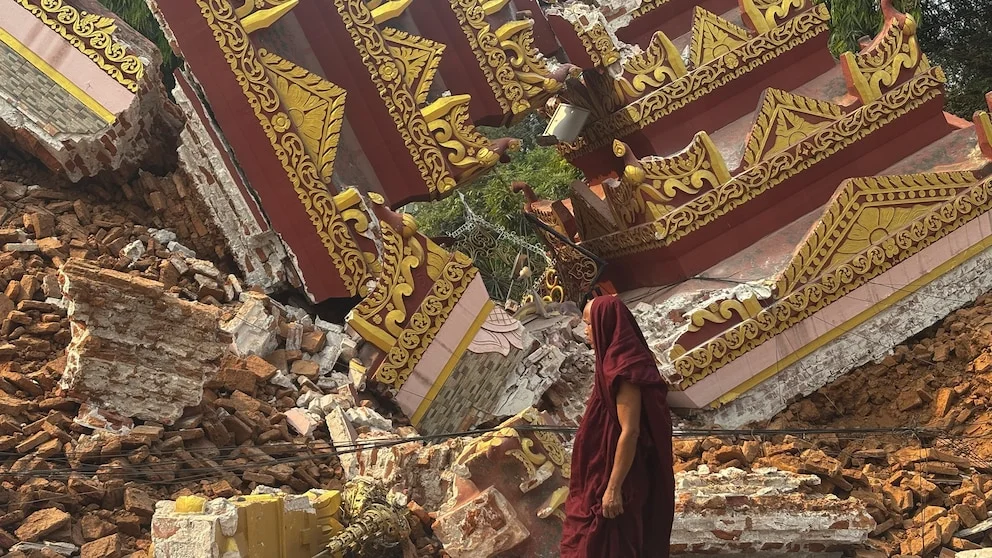
Aftershocks Frighten Myanmar Survivors as Bangkok High-Rise Collapse Death Toll Rises
In the wake of a devastating earthquake that struck Myanmar and caused a high-rise building to collapse in Bangkok, the region continues to grapple with the aftermath. The death toll from the Bangkok high-rise collapse has risen, adding to the tragedy that has already claimed over 1,600 lives across Myanmar. Survivors in Myanmar are now facing additional fear as aftershocks continue to rattle the area, exacerbating the already dire situation.
Rescue operations are ongoing, with teams working tirelessly to find survivors amidst the rubble. International aid is pouring into Myanmar, with various organizations and countries stepping up to provide assistance. The disaster has not only caused immediate loss and destruction but also poses long-term challenges for the affected communities, including rebuilding efforts and addressing the needs of the displaced.
The earthquake's impact has been felt beyond Myanmar, with the collapse of the high-rise in Bangkok highlighting the vulnerability of urban structures to such natural disasters. As the region mourns the loss of life and begins the process of recovery, the focus remains on supporting the survivors and ensuring that aid reaches those in need as quickly and effectively as possible.
Related issues news
Why will Myanmar have an earthquake?
Central Myanmar, where large plates of the Earth's crust are in motion, is prone to powerful earthquakes. The country lies on the eastern end of the Alpide Belt, one world's most active zones of seismic activity.
Are buildings safe after an earthquake?
Damaged buildings may be destroyed by aftershocks following the main quake. Use battery-powered lanterns or flashlights to inspect your home. Kerosene lanterns, torches, candles, and matches may tip over or ignite flammables inside. Inspect the entire length of chimneys carefully for damage.
How strong is a magnitude 7 earthquake?
Looking at the same magnitudes, a magnitude 6.0 earthquake releases 32 times more energy than a magnitude 5.0; a 7.0 releases about 1,000 times more energy, and a magnitude 8.0 releases about 32,000 times more energy than a 5.0.